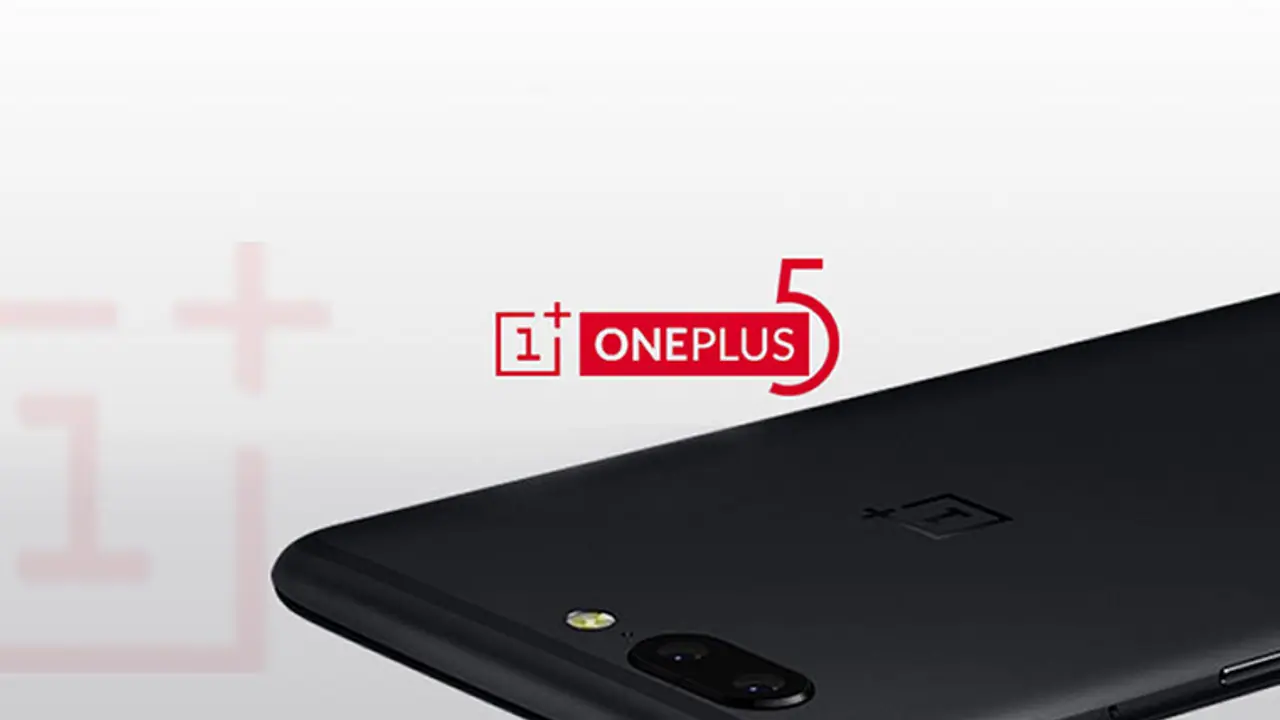OnePlus 5 is all set to be launched in India tomorrow. It gets the most powerful Snapdragon 835, coupled with gigantic 6GB/ 8GB RAM. It sports a 5.5-inch Full HD display, and runs Android 7.1.1 Nougat operating system.
XDA developers claim that the review units have been manipulated to offer higher scores, while the device that reaches consumers may not deliver a similar score. It should be noted that the company has opted for the latest and most powerful Snapdragon 835, coupled with gigantic 6GB/ 8GB RAM.

"It is almost certain that every single review of the OnePlus 5 that contains a benchmark is using misleading results, as OnePlus provided reviewers a device that cheats on benchmarks," xda writes in this report.
It sports a 5.5-inch Full HD display, and runs Android 7.1.1 Nougat operating system, with a layer of the Oxygen OS on top. As expected, it is powered by Qualcomm Snapdragon 835, and gets 6GB and 8GB RAM options. The 6GB RAM model supports 64GB storage and 8GB RAM gets 128GB onboard storage.
The new dual camera is fitted on the rear - 16-megapixel sensor with f/1.7 aperture and the 20-megapixel telephoto sensor with f/1.6 aperture. On the front, you get a 16-megapixel sensor with f/2.0 aperture. The connectivity options include Bluetooth 5.0 and NFC. Finally, it is fuelled by a 3300mAh battery and supports Dash charger.
OnePlus 5 comes at a price of $479 which translates to roughly Rs 30,700. The company has an India event slated to take place on 22 June in Mumbai, wherein we'll finally know the India pricing and availability details.
Update: Carl Pei responds on Reddit. He said:
We have made it so that when running benchmark apps, the phone performs the same as when running resource intensive apps such as 3D games. We also fully activate our chipset in other parts of OxygenOS, for instance when launching apps to make the launch experience faster and smoother.
We are not making it easier for the chipset to perform, for instance by changing to a lower resolution when detecting a benchmark app. We are not changing the performance of our chipset, for instance by overclocking it.
When users run benchmark apps, which I agree aren't a useful proxy for real life performance, we believe that they want to see the full potential of their device without interference from tampering. That's what we've unlocked.
Every OEM has proprietary performance profiles for their devices, I appreciate that we have a tech enthusiastic following, but feel free to have a look around. :)
